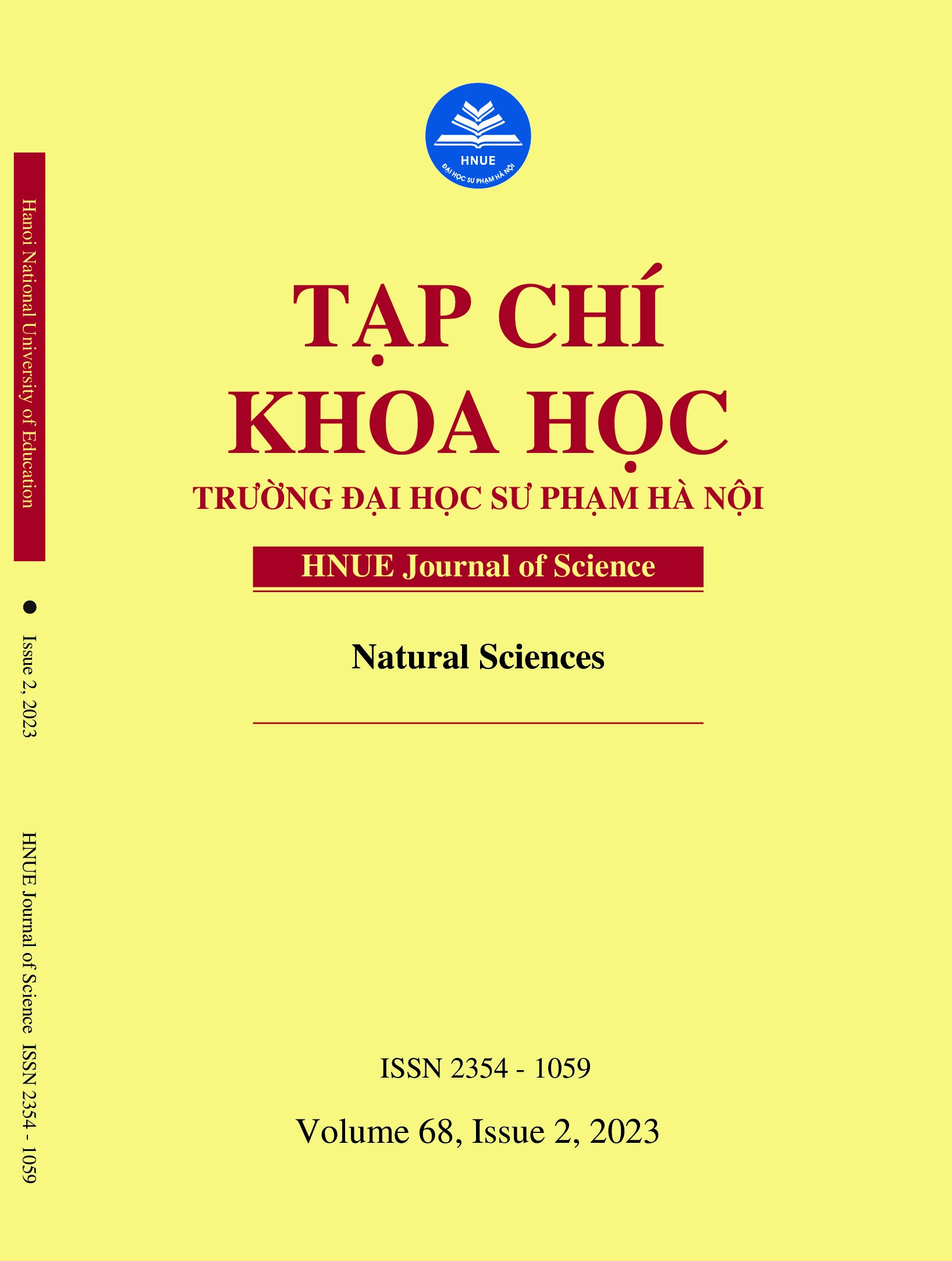THE ADSORPTION OF TOXIC GAS MOLECULES (CO, CO2, NO2) ON SILICENE, GERMANENE AND STANENE: A FIRST-PRINCIPLES STUDY
DOI: 10.18173/2354-1059.2023-0024
Tóm tắt
The adsorption of toxic gas molecules on Xenes (X = Si, Ge, Sn) has been studied by density functional theory (DFT). The optimized adsorption site of the adsorbates (CO, CO2, NO2) on Xenes (X = Si, Ge, Sn), the corresponding adsorption energies, band gap, band structure, and density of states of silicene, germanene, and stanene are discussed. We observed that Xenes (X = Si, Ge, Sn) weakly physically adsorb CO and CO2 with adsorption energies not larger than 0.201 eV, from which we show that Xenes (X = Si, Ge, Sn) are not suitable for gas sensing application of CO and CO2. On the other hand, NO2 can be adsorbed on Xenes (X = Si, Ge, Sn) with moderate adsorption energy (respectively 0.813 eV, 0.716 eV, and 0.776 eV). In addition, the band gap of Xenes (X = Si, Ge, Sn) is expanded after adsorption of NO2 in varying degrees, which indicates that Xenes (X = Si, Ge, Sn) may be a promising candidate as the sensor of NO2. Finally, we assume that Xenes (X = Si, Ge, Sn) has no potential in developing catalysts for CO, CO2, and NO2 due to these gas molecules are not strongly chemisorbed on Xenes (X = Si, Ge, Sn) (adsorption energies < 1.00 eV). Our research results not only help to understand the properties of Xenes (X = Si, Ge, Sn) but also suggest research directions for the application of its potential as catalysts and gas sensors as well as applications in the electronics industry.
điểm /
đánh giá
Phát hành ngày
2023-09-08
Chuyên mục
BAI BÁO

